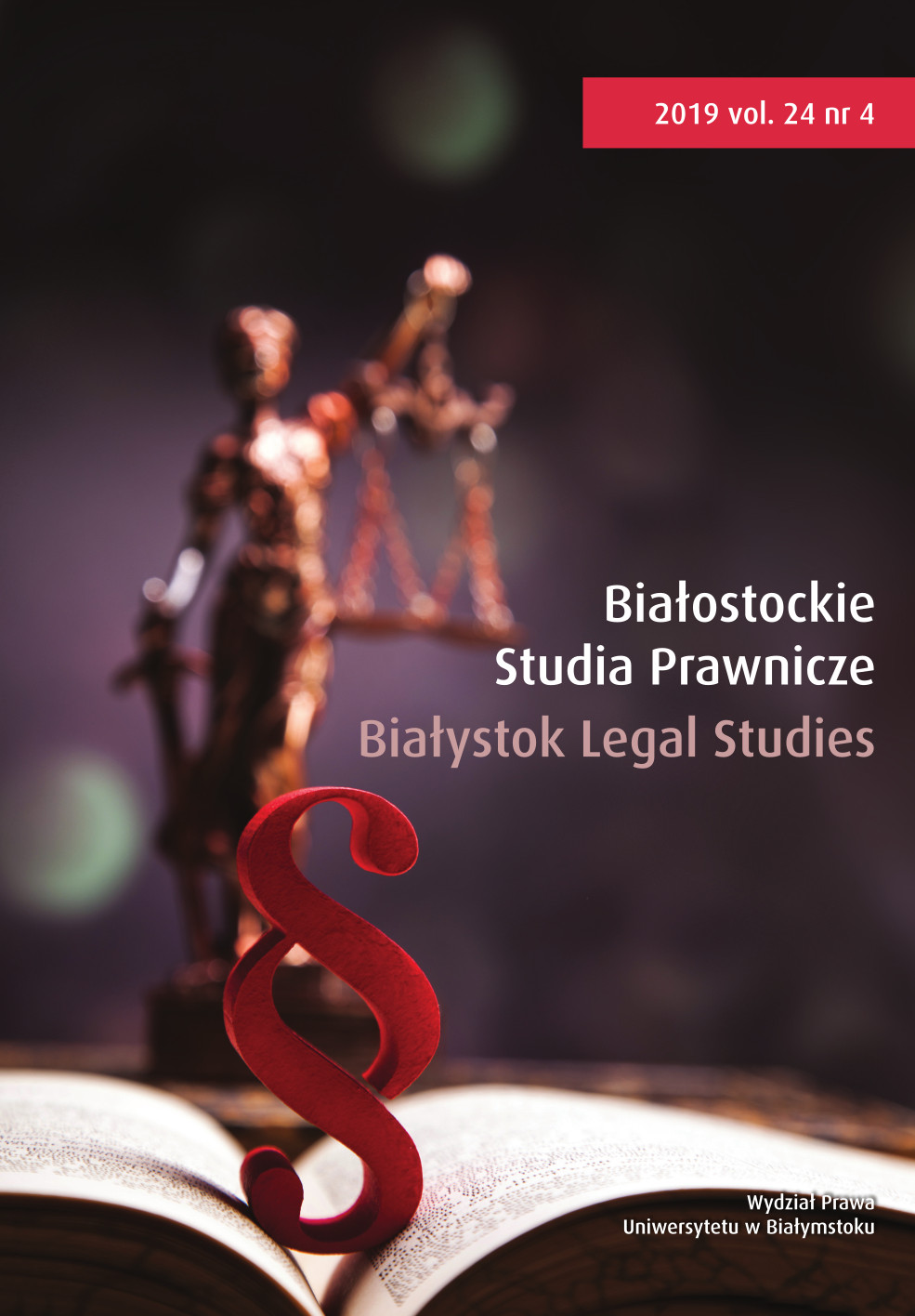Legislatywa, egzekutywa i judykatywa w konstytucji Górskiego Karabachu z 20 lutego 2017 roku
Legislative, Executive and Judicial Branch in the Nagorno-Karabakh Constitution of 20 February 2017
Author(s): Andrzej PogłódekSubject(s): Politics / Political Sciences, Law, Constitution, Jurisprudence, Constitutional Law
Published by: Temida 2
Keywords: Nagorno-Karabakh; Caucasus; unrecognized states; president; system of government; Górski Karabach; Kaukaz; państwa nieuznawane; prezydent; system rządów
Summary/Abstract: The subject of the article is the presentation of the system of government in the Nagorno-Karabakh Republic in the light of the Constitution of 20 February 2017, paying attention to the genesis and external conditions of the systemic changes in this country not recognized. The first basic law of this state was adopted only in 2006, and it constituted the basis of the Armenian republic of Karabakh until 2017. In terms of the regime, Nagorno-Karabakh was a republic of the presidential-parliamentary form of government. The constitutional regime of Nagorno-Karabakh was influenced by the achievements of the constitutional Republic of Armenia. Also, systemic changes carried out in 2017 were related to the previous amendment of the Constitution in Armenia. However, eventually they went in a different direction. In Nagorno-Karabakh, the president’s power was strengthened, while in Armenia a model of parliamentary rule was introduced. However, the system of Nagorno-Karabakh is not a model presidential system but a systemic hybrid, which is becoming increasingly more common in the contemporary political landscape.
Journal: Białostockie Studia Prawnicze
- Issue Year: 4/2019
- Issue No: 24
- Page Range: 207-228
- Page Count: 22
- Language: Polish

